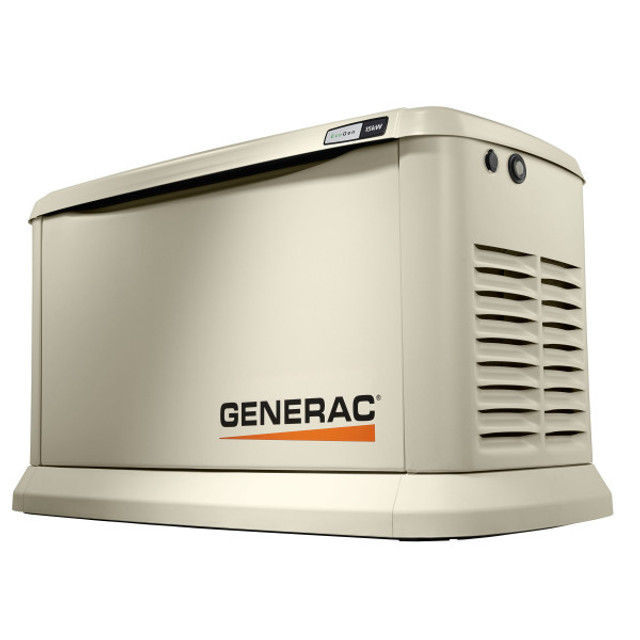Troubleshoot your HVAC Unit: Steps Before Calling a Professional
- Complete Comfort

- Jan 6
- 3 min read
Your HVAC system is the heart of your home’s comfort, especially during those scorching summer days or chilly winter nights. When it malfunctions, it can cause significant discomfort for your entire family. While some issues require a professional's touch, there are several steps you can take to troubleshoot the problem before calling in the experts. This guide will help you identify common issues, troubleshoot your HVAC unit, and potentially save you time and money. However, if you ever feel unsure, don't hesitate to reach out to Complete Comfort Heating & Cooling for assistance.

1. Check the Thermostat
Sometimes, the problem isn't with the HVAC system but the thermostat. As simple as it sounds, make sure it is on and set to the correct mode (heating or cooling). If your thermostat runs on batteries, make sure they are still in good working order. Low batteries can cause the thermostat to malfunction, but it’s a simple fix to get you back up and running.
2. Inspect the Air Filter
A clogged air filter can significantly affect your HVAC system's performance. The frequency with which you should be changing your air filter depends on a number of factors like the type of filter, whether or not you have pets, how many people live in your home, and more. On average, filters should be changed every 1-3 months, but, when in doubt, find your system’s return air duct or air handler, and take a look. If the filter looks dirty or clogged, replace it with a new one.
3. Examine the Circuit Breaker
If your HVAC system isn't turning on, it might be due to a tripped circuit breaker. Find your home’s electrical panel and look for the breaker labeled for your HVAC system. If it’s tripped, reset it by flipping it off and then back on. Give your system a few minutes to restart.
4. Clear the Area Around Your Outdoor Unit
Your HVAC’s outdoor unit needs proper airflow to function correctly. Regularly clear any leaves, dirt, or debris from around the unit and ensure the fins are not bent or damaged. If they are and you feel comfortable, gently straighten them. If you aren’t comfortable performing this task yourself, reach out to your local HVAC experts at Complete Comfort Heating & Cooling.
5. Listen for Unusual Noises
Strange noises can indicate specific issues with your HVAC system. A rattling or clanking may suggest loose parts. Hissing could indicate a refrigerant leak. Banging often points to a problem with the blower motor. If you hear any of these (or other) noises, it is always best to consult a professional to avoid further damage to your unit.
6. Check the Vents and Registers
Blocked or closed vents can cause uneven heating or cooling in your home. Make sure all supply and return vents are open and unobstructed. It is also wise to regularly clean these returns to keep them free of dust and debris buildup.
7. Look for Visible Leaks
Water around your HVAC unit can signal various issues such as a clogged condensate drain or refrigerant leak. If you see water pooling or any other indications of a leak, it is best to contact a professional immediately.

When Troubleshooting your HVAC Unit Fails, Call Complete Comfort Heating and Cooling
While these steps can help you troubleshoot common HVAC issues, some problems require professional expertise. If you've gone through these checks and your system still isn't working correctly, it’s time to call Complete Comfort Heating & Cooling. Our team of experienced technicians can diagnose and fix your HVAC issues, ensuring your home remains comfortable year-round.




Comments